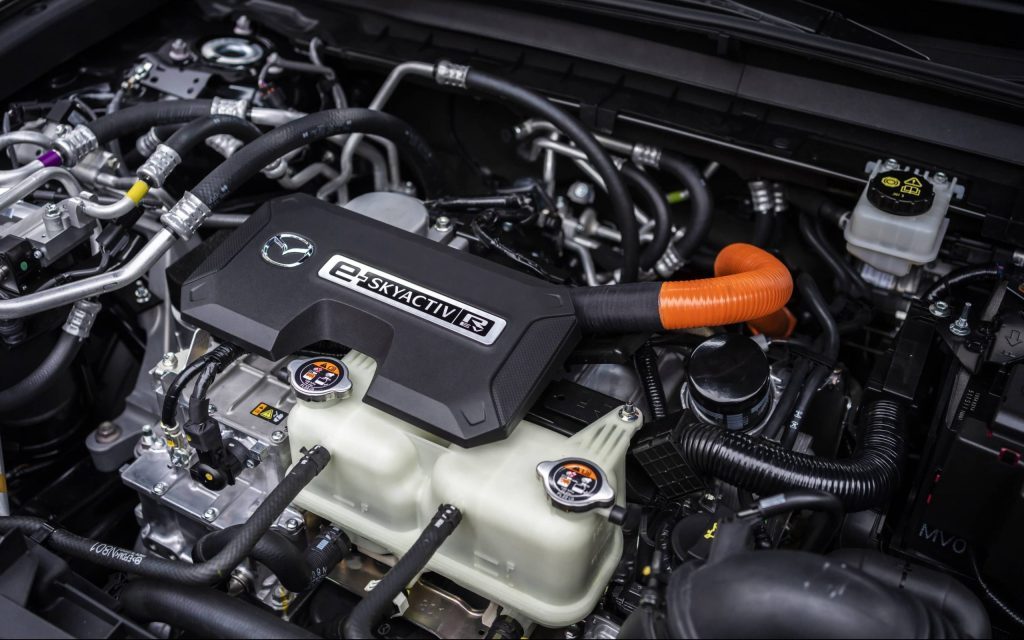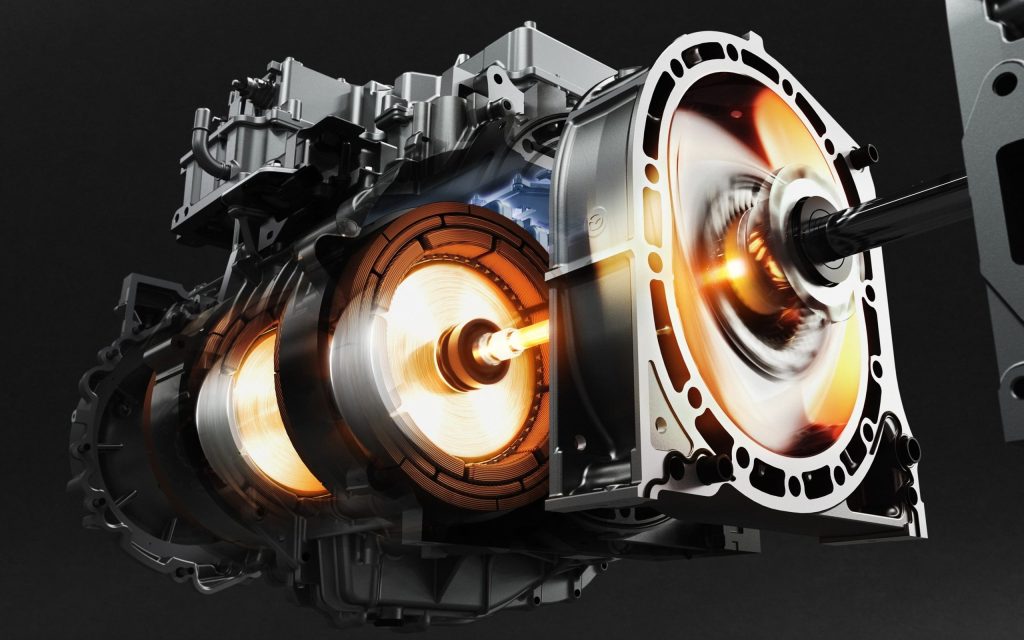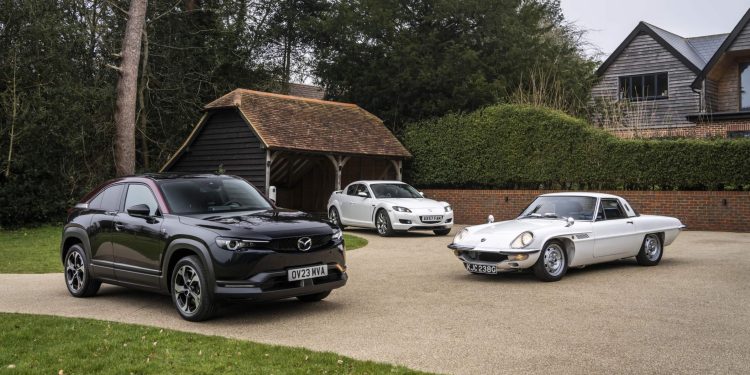Mazda rotary engine reenters mass production
Words: Harrison Wade | Photos: Mazda UK
Mazda has officially put the rotary engine back into mass production after more than a decade, but not in the car that you might think.
The last time Mazda fit a mass-production rotary to one of its models was 11 years ago in the RX-8 which was discontinued in June 2012.
It’s probably no secret by now that the new rotary won’t be found under the bonnet of a new sportscar that we’re still holding out for, but rather under the bonnet of the new MX-30 plug-in hybrid as a range extender.

The crossover SUV features a 17.8kWh battery that supplies power to a single 125kW electric motor on the front axle, which affords it 85km of fully electric range. When that energy is spent, the 830cc (0.8-litre) rotary engine kicks into life to extend its driving range to over 600km.
Mazda New Zealand currently offers the MX-30 in mild hybrid form with a 2.0-litre four-cylinder petrol engine, as well as a fully electric model that features a relatively small 35.5kWh battery that only manages 224km.
As of writing, the Japanese carmaker has produced approximately 1.99 million rotary-powered cars, but that number is now set to break the 2 million mark thanks to the engine’s rebirth.

Mazda first started producing the rotary (originally invented by Felix Wankel) in quantities in 1967 when it launched the Series 1 Cosmo. Back then, the engine made 82kW/130Nm from a two-rotor unit with a displacement of just under 1.0-litre and evolved over 45 years to support turbocharging as well as additional rotors until it was discontinued in 2012.
The new crop of rotaries will be produced at Mazda’s Ujina Plant in Hiroshima.
Pricing and specification for the rotary-equipped Mazda MX-30 e-Skyactiv R-EV have yet to be announced for New Zealand.





